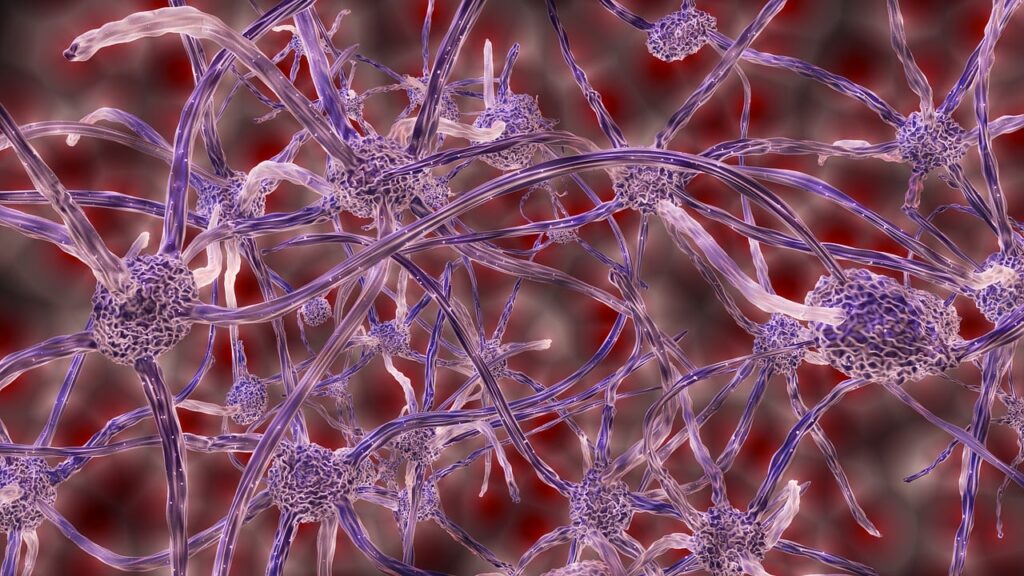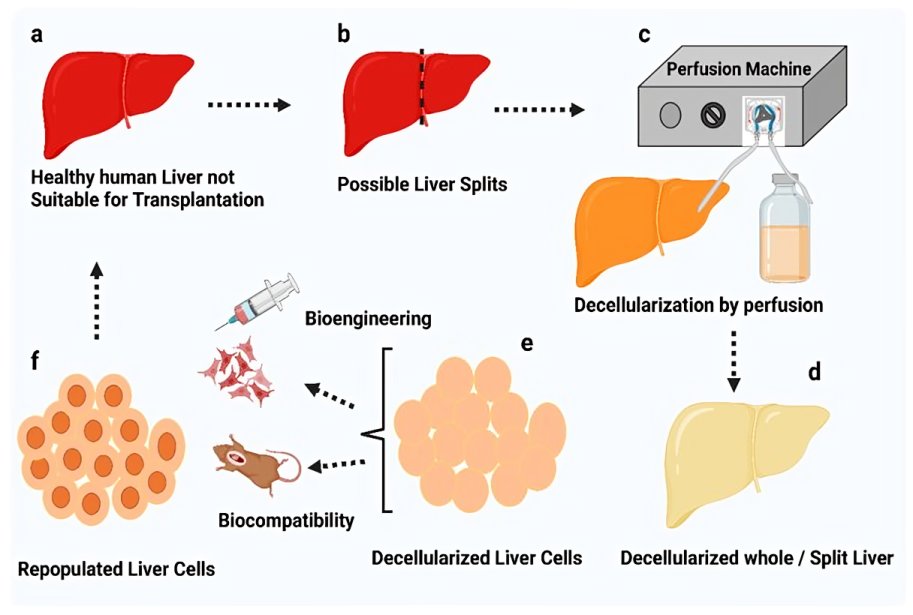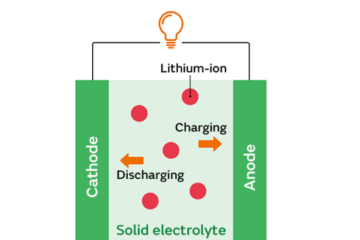Biofabrication: Growing Future Materials in the Lab
In the dynamic landscape of advanced manufacturing, biofabrication emerges as a groundbreaking force, seamlessly blending biology and technology to cultivate materials with a sustainable approach. This blog unveils the transformative potential of biofabrication, shedding light on key techniques like 3D bioprinting and their applications in crafting sustainable materials, redefining the future of manufacturing.

What is Biofabrication?
Biofabrication is the synergy of science and art, harnessing the power of 3D bioprinting to construct structures using living cells and biomaterials. This is the world of cellular agriculture, where bioreactors act as incubators for creating biofabricated materials such as lab-grown leather and sustainable meat substitutes.
Biofabrication Techniques
At its core, biofabrication leverages living cells and biomaterials to construct complex structures. One prominent technique is 3D bioprinting, a marvel in precision engineering. This cutting-edge method allows for the layer-by-layer deposition of living cells, creating intricate structures with applications ranging from tissue engineering to the development of biohybrid devices.

Additionally, cellular agriculture, where cells are cultivated in bioreactors, opens avenues for sustainable material production, giving rise to lab-grown leather and environmentally friendly meat substitutes.

Decellularized scaffolds, another technique, provide a blueprint for tissue engineering by preserving native extracellular matrix architecture.

Sustainability in Biofabrication: A Green Revolution
Biofabrication emerges as a sustainability champion, significantly reducing environmental impact compared to traditional manufacturing. The controlled growth of materials in a laboratory setting minimizes waste, energy consumption, and the need for resource-intensive processes. Cellular agriculture, in particular, challenges conventional farming practices, offering an eco-friendlier alternative. As biofabrication pioneers strive for closed-loop systems and greener processes, the field positions itself as a catalyst for a more sustainable future.
Applications of Biofabrication
The applications of biofabrication span in many industries, leaving an indelible mark on healthcare, fashion, and beyond. In regenerative medicine, biofabrication enables the creation of tissues and organs for transplantation, with recent breakthroughs in biofabricated hearts, livers, and kidneys. The integration of living cells into non-biological materials gives rise to biohybrid devices and biosensors, revolutionizing healthcare and environmental monitoring. Customized biomedical implants, tailored to individual patient needs, represent a paradigm shift in personalized healthcare. The fashion industry embraces biofabrication with lab-grown fabrics, offering sustainable alternatives that challenge the environmental impact of conventional textile manufacturing.
Future Trends in Biofabrication
The future of biofabrication holds exciting prospects. As research continues, scalability challenges, vascularization complexities, and regulatory hurdles are being addressed, paving the way for widespread adoption. Innovations in biofabricated materials are anticipated to redefine industries, from creating complex organs for transplantation to developing biohybrid technologies that seamlessly integrate with the human body. The emergence of biofabricated food products and the exploration of extraterrestrial biofabrication possibilities showcase the breadth of future trends, highlighting a trajectory towards a more sustainable and technologically advanced world.
Conclusion
In conclusion, biofabrication is not just a scientific endeavor; it is a journey towards crafting a sustainable and customizable future. By unraveling the techniques, exploring sustainability, delving into applications, and envisioning future trends, we witness a field that goes beyond manufacturing—it is about redefining possibilities. Biofabrication stands at the intersection of science, creativity, and sustainability, promising a future where materials are not just manufactured but grown with purpose. As we navigate this biofabricated frontier, the horizon is filled with promise—a world where innovation shapes a future that is both green and tailored to our evolving needs.



0 Comments